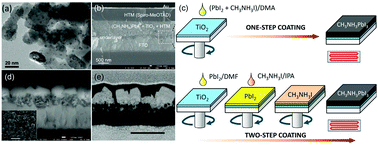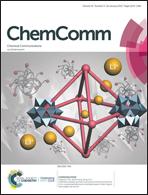Morphological and compositional progress in halide perovskite solar cells
Abstract
Perovskite solar cells (PSCs) reached a certified 23.7% efficiency in 2018 by boosting their surprisingly high open-circuit voltage (VOC) and photocurrent. The suppressed recombination in PSCs significantly cut down the voltage loss between the bandgap energy and VOC, which encouraged the VOC to reach closer to the bandgap. In addition, the photocurrent is considerably closer to the theoretical value at a given bandgap, leaving almost no room for further improvement. This remarkable development in the performance of PSCs is mainly ascribed to high-quality perovskite material being consistently tailored in the progress of technology. At the beginning of the progress, the morphology of the perovskite was a major target for improvement to enhance the crystal quality. The need for compositional engineering of the perovskite was raised in later stages of the progress by considering the benefits from different compositions of perovskites and their structural stability. Here we review the overall progress in perovskite materials from two perspectives: morphological progress and compositional progress.

- This article is part of the themed collection: Perovskites


 Please wait while we load your content...
Please wait while we load your content...